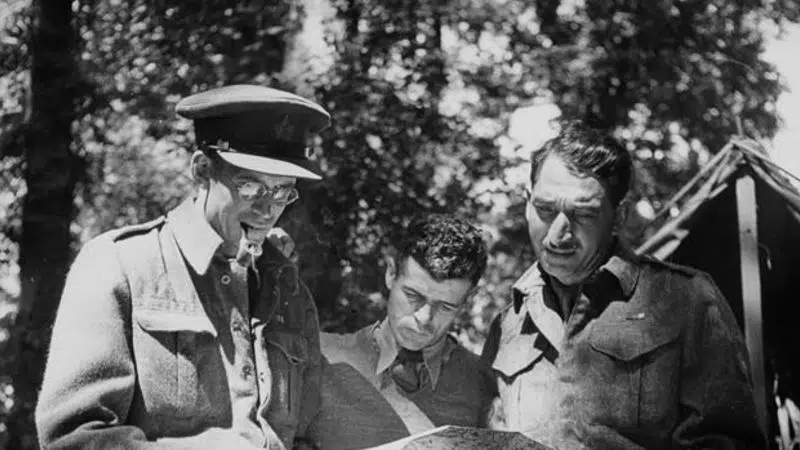
Dispatches from Juno: How CP’s war correspondents told the story of D-Day
OTTAWA — Dispatches from Ross Munro, William (Bill) Stewart and other war correspondents were how many Canadians in 1944 learned details of the June 6 D-Day landings and the fighting that followed. The following selections from the work of the two Canadian Press war correspondents — drawn from copies of published versions of their stories, from copies of Canadian Press originals and from past reprints — include reports on:
— the personal message of the Canadian army commander to forces on the eve of battle;
— the embarkation and crossing of the forces to Normandy;


